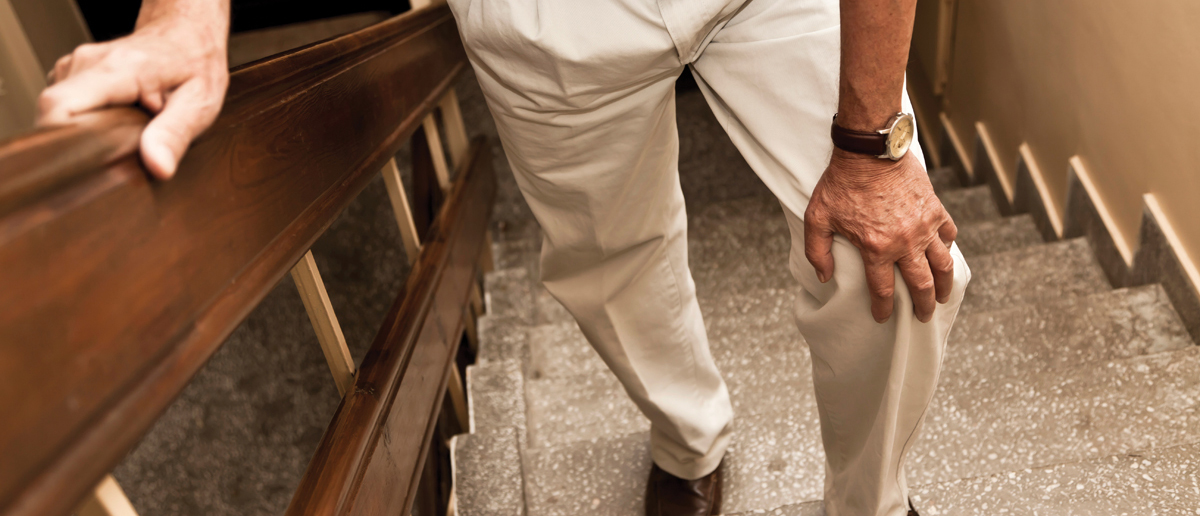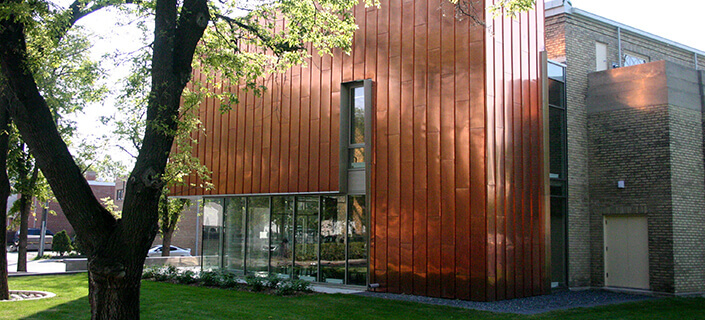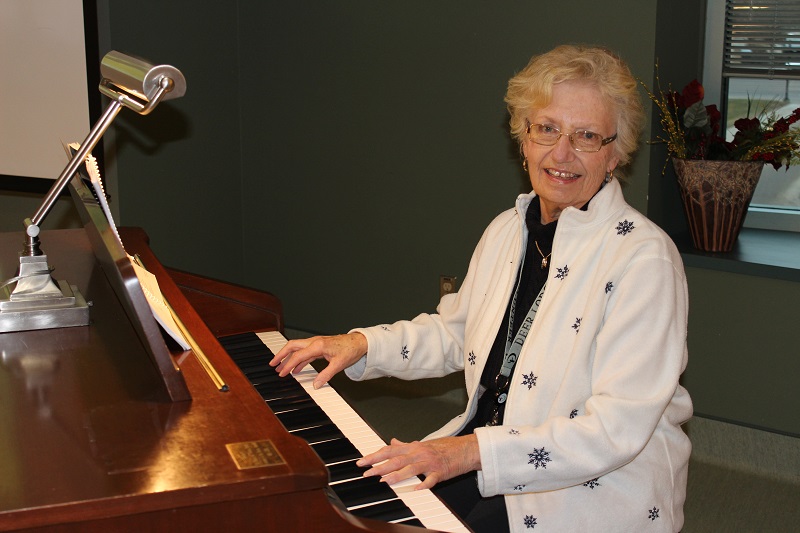
Feeling sore?
You’re in good company. Millions of Canadians suffer from some sort of chronic pain (chronic meaning the long-term kind that sticks around after an injury or illness). Millions more suffer from short-term (acute) pain.
The good news is, knowing what aches and pains to expect can help you prevent and treat them. Here are seven types of pain you need to know about, along with tips to manage them:
- Lower Back Pain
Unless you’ve had a back injury, sitting for long stretches is the most likely cause. Arthritis may also be the culprit.
The solution: Strength training and cardio, which increase blood flow, build your core muscles, and reduce the pressure. Start slow! Consider physical therapy, too, and don’t underestimate the power of the heating pad to ease the aches. - Headaches
They come in regular and extra strength (aka migraines) and can be triggered by muscle tension, dehydration, menstruation, stress, weather changes, and the foods you eat (including chocolate, for many unfortunate souls).
The solution: Massage the area that hurts or apply menthol cream on your forehead or the base of your neck. Pain meds can bring relief, but don’t take them for more than 3 days without talking to your doctor. Prescription migraine medicine is also available. - Osteoarthritis
A common condition that happens when the cartilage between your joint and bone breaks down. Wear and tear from age is one culprit; sport injuries are another.
The solution: Stay active to keep the blood circulating around the affected joints and take the pressure off. But talk to your doctor first about finding the best approach, especially if your arthritis is severe. Applying heat and ice can help, as well as medication. - Non-Arthritis Joint Pain
The culprit is usually tendinitis, an inflammation of the tissue that connects your muscles to your bones. Tendinitis is usually caused by repetitive motion.
The solution: Rest, ice, compression and elevation. A non-steroidal anti-inflammatory medication might also work, but talk to your doctor if the pain doesn’t ago away after a week. - Pelvic Pain
This mostly strikes women, and can feel like a dull ache. The culprit may be endometriosis or irritable bowel syndrome.
The solution: Pain meds, but talk to your doctor if the pain persists for more than a few days. Further treatment will depend on the underlying cause. - Carpal Tunnel
The nerve running from your arm to your palm becomes pressed or squeezed, causing pain in your fingers and wrist, as well as numbness or tingling. Repetitive motion is again the cause, but family history and menopause-related hormone changes up your odds.
The solution: Occupational or physical therapy, along with short-term use of pain relievers. Surgery may be needed to treat the worst cases. Talk to your doctor. - Muscle Strain or Pain
This soreness hits after performing activities that used to cause no problem. The culprit: muscle fibres that have become less dense––and therefore less flexible––with age.
The solution: Prevent the pain in the first place, if you can. Get help lifting, pushing or pulling anything heavy. Stretch. Practice yoga or Pilates to keep your muscles long and limber. These activities also help after the fact, as does rest, ice, compression and elevation. Pain meds can offer relief. Talk to your doctor if the pain is too much.
Source:www.webmd.com/pain-management/features/common-pains-of-age#1
Recent News
April 18, 2024

Embracing Hope: The Impact of DLC’s Movement Disorder Clinic
In the heart of Winnipeg, amidst the ebb and flow of daily life, there exists a place where the tremors…
Read More
March 19, 2024

Winnipeg Jets Parkinson’s Disease Awareness Game!
Thank you True North and Winnipeg Jets for raising awareness of Parkinson’s Disease and highlighting the important work being done…
Read More
February 2, 2024

Volunteer Profile: Carole Grier
Deer Lodge Centre is an amazing place, made that way by the incredible people who live, work, and volunteer together.…
Read More
